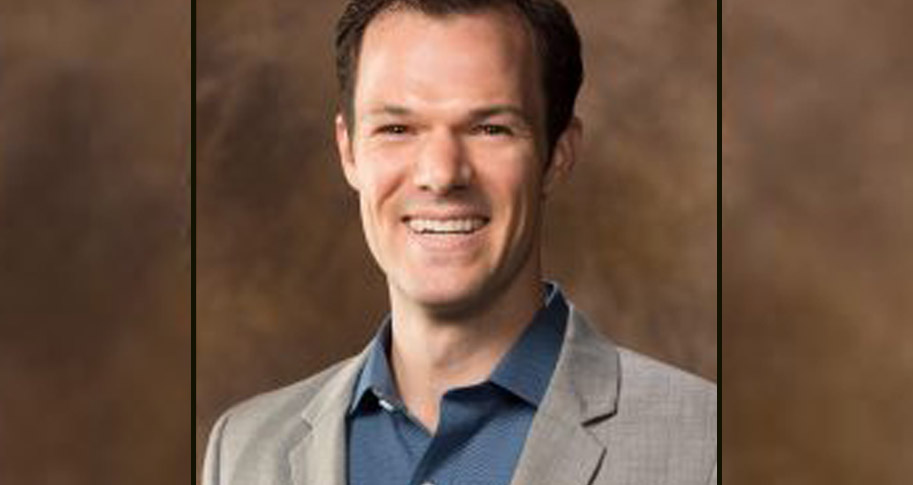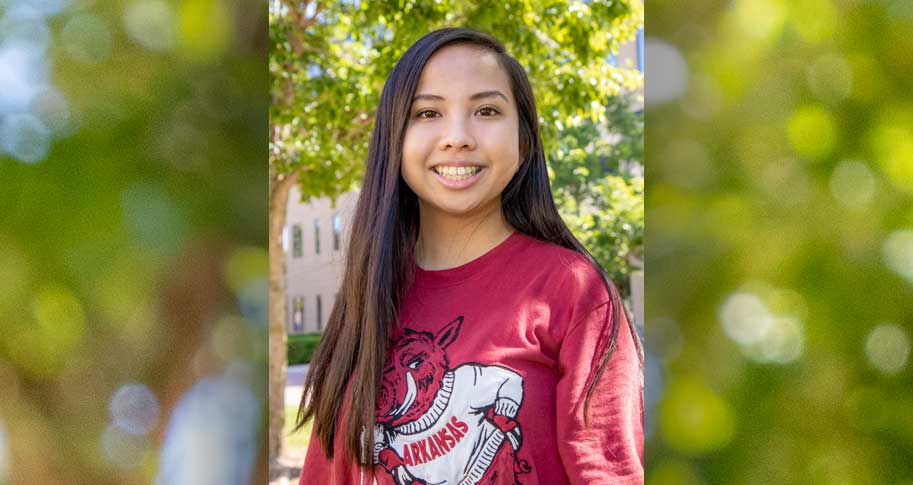
Andrew P. Brownback, a Walton College assistant professor in economics, has won a $198,940 grant from the Robert Wood Johnson Foundation for a study on ways to encourage people to make healthy food choices while not giving up choice.
Brownback and his colleagues Alex Imas, an assistant professor at Carnegie Mellon University, and Michael Kuhn, an assistant professor at the University of Oregon, received the grant to support their study “Examining the Impact of Waiting Periods on Improving the Use of Food Subsidies for Healthier Consumption while Maintaining Choice.”
The study will examine policies designed to improve the food choice decisions of low-income shoppers. “Introducing waiting periods stands out as a uniquely promising policy given the political difficulty associated with introducing subsidies that favor certain foods,” the researchers wrote.
The proposal points to research suggesting that introducing a waiting period for people to deliberate over a decision lowers impulsivity, which can potentially encourage healthier choices. Waiting periods do not restrict shoppers’ choices, but simply encourage consideration of choices by imposing a pause between when subsidy options are revealed and selecting by the shoppers. According to the proposal, “We test if subsidy recipients who deliberate over a choice between healthy and unhealthy subsidies will make consumption decisions that are similar to those made by recipients whose are restricted to a healthy subsidy.”
The researchers will recruit low-income individuals and randomly assign them to one of four different subsidy distribution policies: 1) subsidy choice made at the store, 2) subsidy choice made prior to the shopping visit, 3) subsidy choice made at the store but after a waiting period, or 4) healthy subsidies without choice. The researchers will employ the survey platform designed by Field Agent, a local Fayetteville company. This platform will allow the researchers to observe choices between subsidies for healthy and unhealthy foods at high frequency both before and during grocery store visits.
Follow up surveys will measure the impact on reported food consumption as well.




